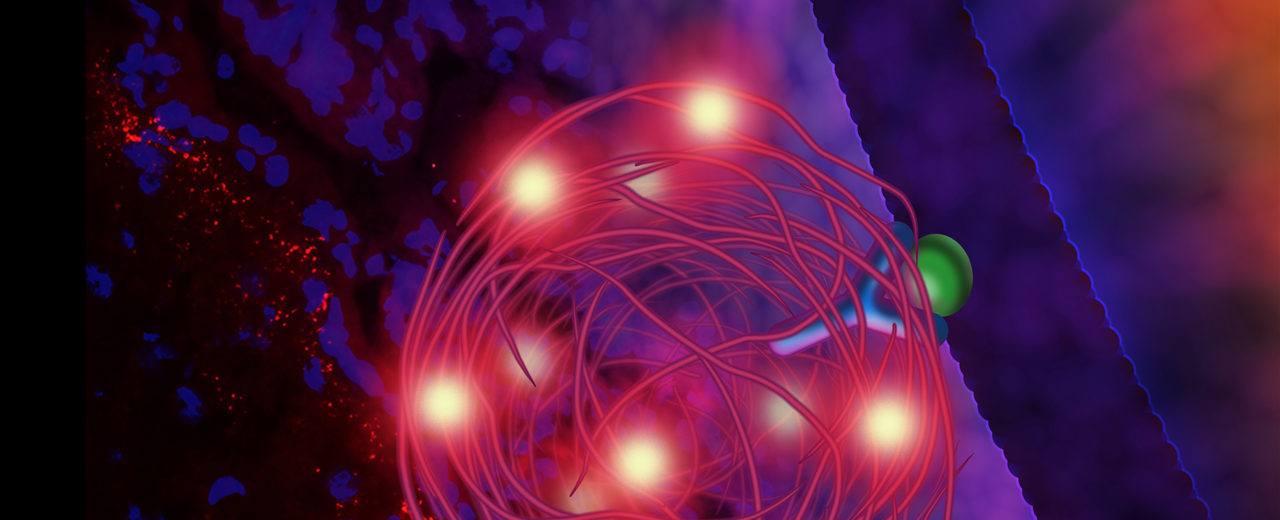Turbocharging bioassays
Published in Bioengineering & Biotechnology

As a graduate student working on biomedical imaging and detection technologies, I have witnessed the development of a large number of enabling technologies that are orders of magnitude more sensitive than the common bioassays used in biology research and clinical diagnosis. These new technologies are often scientifically fascinating, but a question that has puzzled me for years is why the low-sensitivity, kind-of-boring, conventional technologies keep dominating the current research and clinical practice. We realized that a key reason preventing adoption is the incompatibility of these fancy technologies with the well-established infrastructures and protocols in current biological and medical laboratories. In this context, we invented a simple, universal ‘add-on’ technology, dubbed EASE, that can be directly plugged into routine bioassays and that convert their ordinary sensitivities to extraordinary. In general, EASE works with any bioassays that use horseradish peroxidase (HRP) as the reporting mechanism (one of the most common mechanisms), and enhances their sensitivity by 100–1000 times.
The development of EASE comes from a surprising discovery followed by logical analysis. As a senior grad student, I simultaneously took on several projects. In one project, I made polydopamine (PDA)-coated magnetic nanoparticles (Nano Lett. 2015, 15, 8217−8222) for in vivo photoacoustic imaging; in another, I was doing immunohistochemistry (IHC) staining of cells and tissue specimens (Small 2016, 12, 1035–1043). The PDA coating process is very slow, usually taking hours to grow even a thin layer. But I noticed an immediate color change (indicator for PDA formation) when I pipetted some extra dopamine monomers into a waste beaker that I also used for the IHC project. Something in the beaker sped up dopamine polymerization, and it did not take me long at all to figure out that it was the HRP enzyme in the waste beaker. I explained this interesting discovery to my advisor, Professor Xiaohu Gao in UW Bioengineering, and asked him if this is useful, for example as an alternative of the current HRP substrate, 3,3'-diaminobenzidine (DAB). It did not excite him, unfortunately, because he did not think PDA would outperform DAB in terms of absorbance (and consequently sensitivity). Instead, he challenged me to prove that the PDA formation catalyzed by HRP is localized. If the PDA formation is localized in the proximity of HRP, PDA would serve as a sponge to attract hundreds of thousands of reporter probes such as amino dyes and quantum dots (a crosslinking chemistry well documented by the PDA community), thus improving signal strength. I did a simple experiment by printing HRP onto lab filter papers and proved that the fast PDA polymerization is indeed localized, and that excited Dr. Gao. We discussed the model systems to demonstrate the power and broad impact of EASE, and called up collaborators in the fields of HIV detection, ZIKA virus detection, neuroscience, immunotherapy, and oncology. The easiness and flexibility of EASE, and its compatibility with the common bioassays (no special reagents or devices needed) have allowed us to show remarkable sensitivity improvements for all the tested assays.
Looking back, the invention of the EASE technology was enabled by a number of important factors, the surprising finding of fast PDA deposition originated from taking on multiple projects at the same time, the strong support from my research advisor, the international student fellowship provided by HHMI (which offers more flexibility in project selection), as well as the outstanding medical community in the Seattle area.
Looking forward, we expect broad technology adoption and real impact on biological discoveries and clinical diagnosis.
Our paper: Li, J. et al. Dramatic enhancement of the detection limits of bioassays via ultrafast deposition of polydopamine. Nat. Biomed. Eng. 1, 0082 (2017).




Please sign in or register for FREE
If you are a registered user on Research Communities by Springer Nature, please sign in